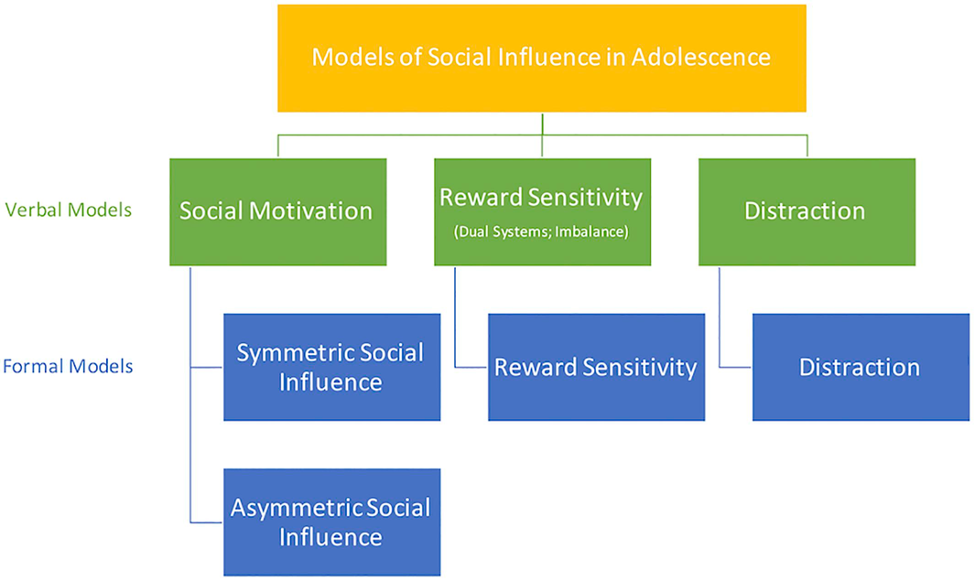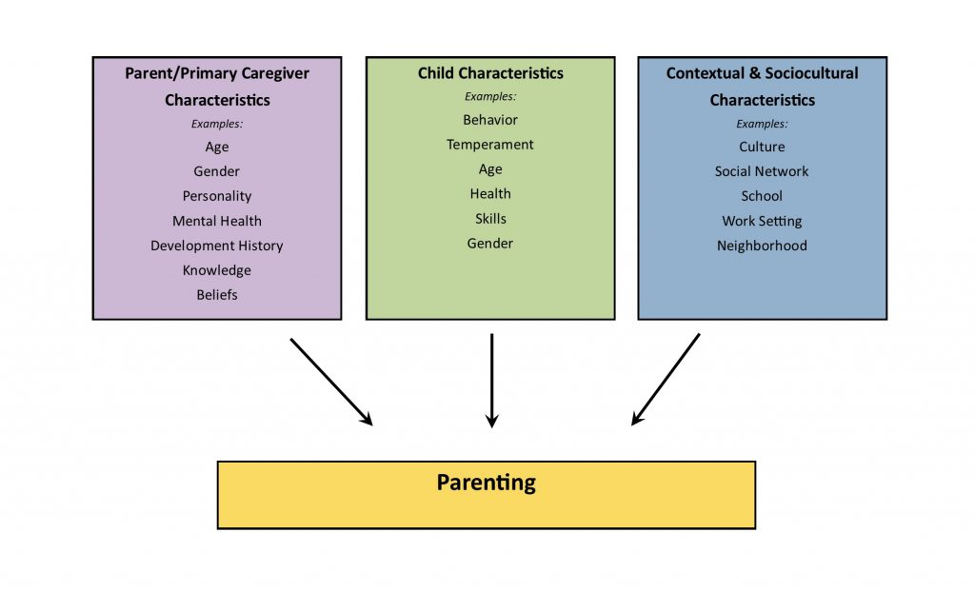Adolescence is a critical stage in the development of an individual. During this stage, the brain undergoes significant changes, leading to physical, cognitive, and emotional changes in the adolescent. Adolescence is often characterized by “acting out” behaviour, which can cause concern for parents. To support their teenager during this time, parents need to understand the changes in the adolescent brain and how these changes can affect behaviour. Understanding the changes in the adolescent brain in the perception of emotions and other life aspects can be crucial in providing a supportive environment where adolescents can enjoy a fulfilling life with support from their parents or elders.
The human brain is fully developed once a person is in their mid-twenties (Giedd, 2004). During adolescence, the brain undergoes significant changes, particularly in the pre-frontal cortex and the limbic system. The limbic system, also known as the seat of emotions and the experience of rewards, is fully developed during this stage (Blakemore & Choudhury, 2006). As a result, adolescents are often more emotional and impulsive in their behaviour (Casey, Jones, & Hare, 2008). the pre-frontal cortex, which is responsible for judgement and decision-making, is still developing and is not fully mature until late adolescence or early adulthood. The latter leads to an imbalance between the emotional and decision-making centres of the brain, making it harder for teenagers to control their impulses and make sound decisions (Blakemore & Choudhury, 2006). This lack of development in the pre-frontal cortex can make adolescents less logical in their decision-making and more susceptible to peer pressure (Casey et al., 2008).
Parents play an important role in helping their adolescent children navigate this stage of development. Firstly, parents need to understand that impulsive and emotional behaviour is a normal part of adolescent brain development and not a reflection of their parenting skills or their child’s character. To support adolescents, it is important for parents to understand these changes in the brain and how they can affect behaviour. Maintaining open and honest communication with the adolescent is essential for building trust and creating a supportive environment for the teenager to express their thoughts and feelings (Casey et al., 2008). Showing empathy and understanding adolescents’ perspectives can also help build a supportive environment (Blakemore & Choudhury, 2006).

Setting clear boundaries and expectations for behaviour can also help support the adolescent during this stage. Adolescents still need structure and guidance, but it is also important to give them some independence to develop their decision-making skills (Casey et al., 2008). Encouraging adolescents to participate in activities that interest them can help build their self-esteem and provide them with positive experiences (Giedd, 2004).
In addition to providing a supportive environment, parents need to monitor their adolescent’s behaviour. This may include monitoring their social media activity, keeping track of their school work, and ensuring that they are not engaging in risky behaviour such as substance abuse (Blakemore & Choudhury, 2006).

Parents can also provide education on important topics such as healthy relationships and responsible decision-making (Casey et al., 2008). It is also important for parents to be patient and understanding with their adolescents. Adolescence can be challenging, and parents must provide a supportive and understanding environment for their teenagers (Blakemore & Choudhury, 2006). Some examples of a supportive environment can allow adolescents to express their thoughts and feelings and give them space and independence when appropriate.
Adolescence is a critical stage in the development of an individual. Understanding the changes in the adolescent brain during this time is essential for parents to support their teenagers. By maintaining open communication, showing empathy, setting limits and structure, encouraging their interests, and being patient, parents can help their adolescents grow into healthy and well-adjusted adults.
References
Blakemore, S. J., & Choudhury, S. (2006). Development of the adolescent brain: implications for executive function and social cognition. Journal of Child Psychology and Psychiatry, 47(3-4), pp. 296–312.
Casey, B. J., Jones, R. M., & Hare, T. A. (2008). The adolescent brain. Annals of the New York Academy of Sciences, 1124(1), 111–126.
Giedd, J. N. (2004). The teen brain: a work in progress. Brain Connection.
 write
write